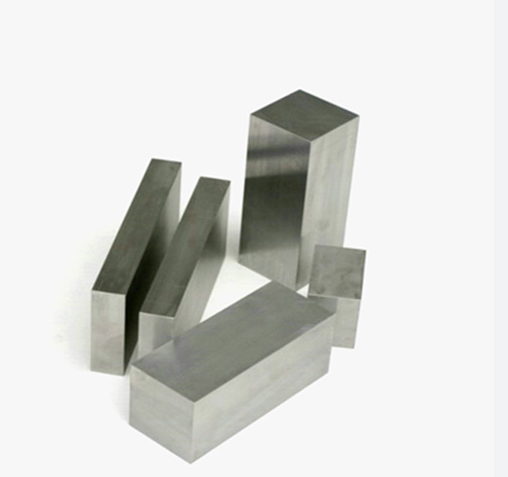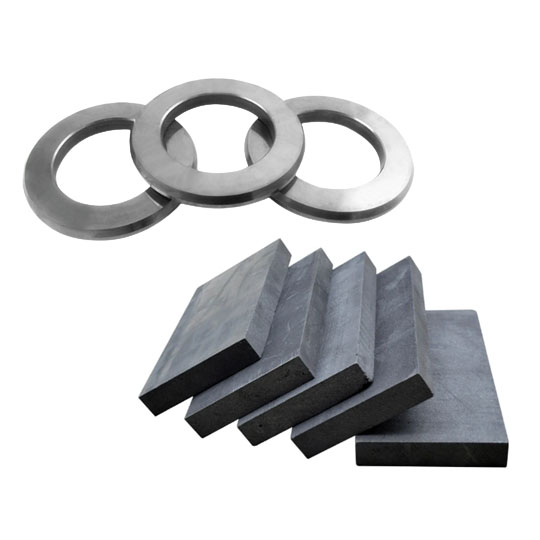카바이드 플레이트의 종류와 열 전도성
전부는 아닙니다 카바이드 플레이트 동등하게 만들어졌습니다. 모든 스포츠카가 똑같다고 말하는 것과 같습니다. 그렇지 않습니다. 파우더 배합부터 소결 공정에 이르기까지 열전도율을 비롯한 성능에 영향을 미치는 수많은 변수가 존재합니다.
카바이드 플레이트는 다양한 금속 분말을 혼합하여 바인더(보통 코발트)와 결합하여 만듭니다. 이러한 분말의 특정 유형과 비율에 따라 열이 흐르는 방식이 결정됩니다. 다음은 잘 알려진 몇 가지 카바이드 모델과 그 열적 거동에 대한 설명입니다:
| 카바이드 파우더 모델 | 구성 하이라이트 | 열 전도성(W/m-K) | 주요 사용 사례 | 장점 | 단점 |
|---|---|---|---|---|---|
| WC-Co(텅스텐 카바이드-코발트) | ~94% WC, 6% Co | 85-100 | 절삭 공구, 채굴 | 높은 강도 및 전도성 | 비싼 |
| WC-Ni | ~90% WC, 10% Ni | 70-90 | 부식 방지 툴링 | 해양용으로 적합 | 낮은 내마모성 |
| WC-TiC-Co | WC + 티타늄 카바이드 | 60-75 | 고속 커팅 | 내산화성 | 더 부서지기 쉬움 |
| WC-VC-Co | 바나듐 카바이드 첨가제 | 75-85 | 내마모성 플레이트 | 곡물 성장 제어 개선 | 소결하기 어려움 |
| WC-Cr3C2-Co | 크롬 카바이드 블렌드 | 55-65 | 열악한 화학 환경 | 뛰어난 내산화성 | 보통 강도 |
| WC-TaC-Co | 탄탈 카바이드 추가 | 65-78 | 항공우주 및 절단 | 높은 온도에서 더 강해짐 | 비용 집약적 |
| WC-FeNi | Fe-Ni 바인더를 사용한 화장실 | 45-60 | 부드러운 금속 절단 | 경제성, 내식성 | 고열에 약함 |
| WC-Cu | 구리 바인더 | 120-250 | 방열판 플레이트 | 매우 높은 전도성 | 낮은 경도 |
| WC-Co + SiC | 탄화규소 강화 | 90-110 | 고속 금형 | 내마모성 및 열충격성 | 복잡한 생산 |
| WC-Co-NiCr | 니켈-크롬-코발트 매트릭스 | 65-75 | 항공 우주 및 갑옷 | 고온의 부식성 환경에서 탁월한 성능 발휘 | 낮은 기계 가공성 |
바인더 재료와 첨가된 탄화물이 전도도에 어떤 영향을 미치는지 아시나요? 우연이 아닙니다.

영향을 미치는 요인 카바이드 플레이트 열 전도성
이제 유형을 알았습니다. 하지만 실제로 변경 사항 이 플레이트가 열을 얼마나 잘 이동시킬까요? 여러분이 가장 좋아하는 유튜브 채널의 작동 원리처럼 분석해 보겠습니다.
1. 바인더 유형 및 콘텐츠
바인더는 PB&J 샌드위치에 들어가는 땅콩버터와 같이 모든 것을 하나로 묶어주는 역할을 합니다. 코발트는 일반적으로 전도성이 높지만 니켈이나 구리로 바꾸면 열전도율이 완전히 달라집니다. 바인더가 많을수록 일반적으로 전도성이 좋지만 너무 많으면 부드러워집니다.
2. 화장실의 입자 크기
입자가 미세할수록 경계가 넓어지고 저항이 커집니다. 따라서 초미세 등급은 종종 lower 열 전도성. 하지만 강인함을 얻게 됩니다. 마치 단거리 선수(빠르지만 연약함)와 마라토너(느리지만 인내심)를 선택하는 것과 같습니다.
3. 다공성 및 밀도
공극과 에어 포켓? 나쁜 소식입니다. 공극은 작은 단열재처럼 작용합니다. 플레이트가 더 콤팩트할수록 열을 더 잘 전달합니다. 고밀도 탄화물은 일반적으로 여기에서 승리합니다.
4. 첨가제 및 보조 단계
티타늄 카바이드 또는 크롬 카바이드와 같은 첨가제는 플레이트를 더 단단하게 만들거나 내마모성을 높일 수 있습니다. 하지만 이를 위해 열 전도성을 일부 희생해야 하는 경우가 많습니다.
5. 온도 및 작동 환경
놀라운 점은? 전도도는 고정되어 있지 않습니다. 온도가 높아지면 일부 탄화물은 성능이 향상됩니다. 다른 카바이드는 성능이 떨어지기도 합니다. 항상 열을 확인하세요. 안정성 곡선 800°C 이상에서 구울 계획인 경우.
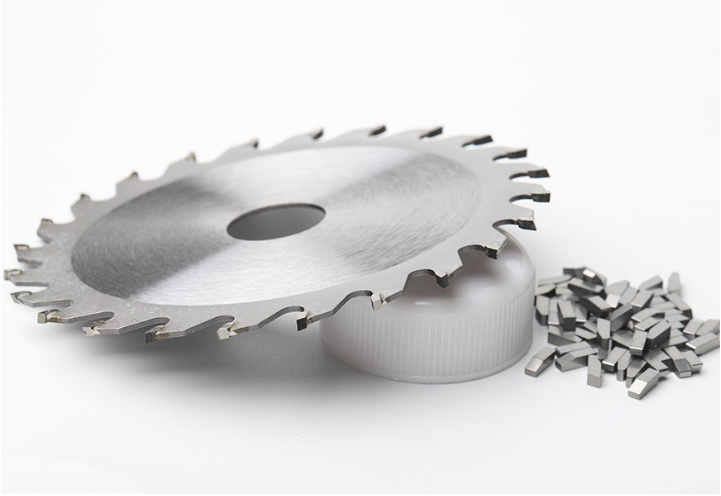
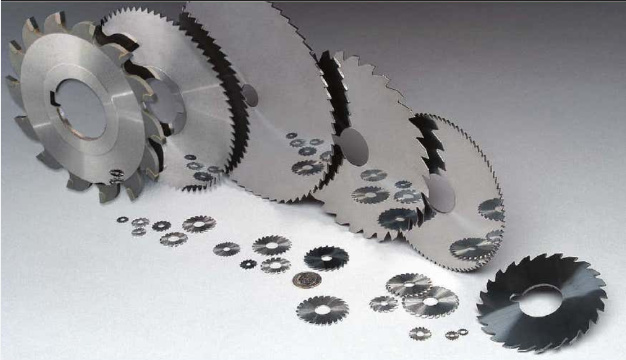
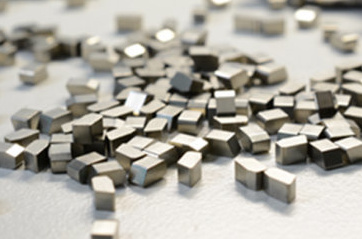
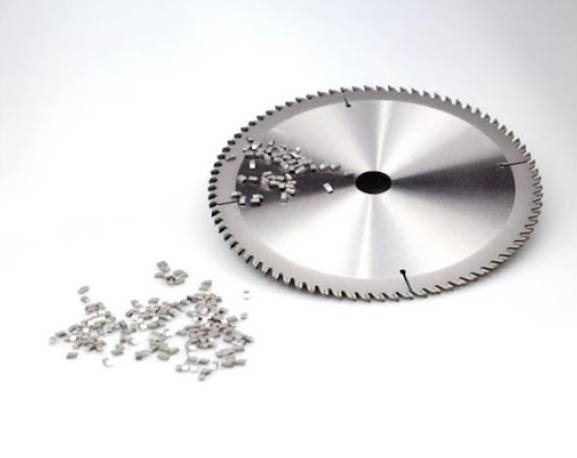
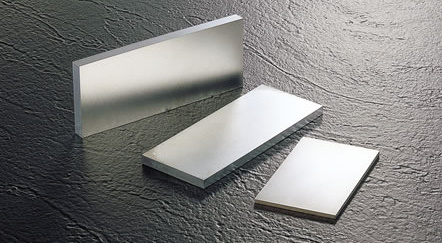
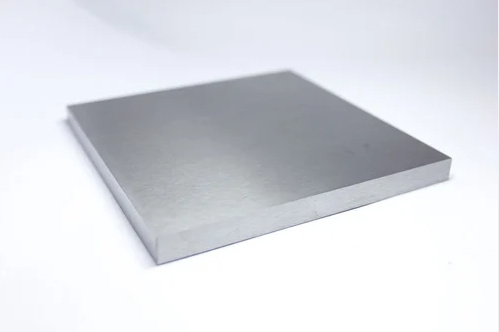
열 전도성이 중요한 애플리케이션
우리가 이 열 사업에 관심을 갖는 이유는 무엇일까요? 도구나 플레이트가 열을 잘 전도하면 더 오래 지속되고 성능이 향상되며 압력을 받아도 깨지지 않기 때문입니다.
절단 도구 및 인서트
고속 가공에서 플레이트가 열을 빠르게 배출하지 못하면 플레이트가 타거나 빨리 마모됩니다. 전도성이 높은 공구는 더 시원하고 날카롭게 유지되며 미세 균열이 덜 생깁니다.
전자제품의 방열판
일부 카바이드-구리 하이브리드는 섬세한 부품에서 열을 빨아들이기 위해 고급 전자제품에 사용됩니다. 여기서는 구리 는 열 방출의 MVP입니다.
금형 및 금형 산업
플라스틱 사출 성형에서, 카바이드 플레이트 극심한 온도 변화에 직면합니다. 전도성이 낮으면 사이클 시간이 길어지고 응력 균열이 발생할 수 있습니다. 더 나은 전도성 = 더 빠른 냉각과 더 나은 부품 품질.
항공우주 및 방위
제트 엔진과 갑옷에서는 극한의 온도가 일반적입니다. 전도성이 높은 탄화물 그리고 인성(예: WC-Co-NiCr)은 열 관리와 강도의 균형을 유지합니다.
화학 및 해양 환경
여기서는 열에 대한 저항에 대해 설명합니다. 그리고 부식. WC-Ni와 WC-Cr3C2-Co는 부식성 환경에서의 열적 특성으로 인해 탁월한 성능을 발휘합니다.
올바른 선택 방법 카바이드 플레이트 열 전도성 기준
이 치트 시트를 사용하여 접시를 고를 때 더 현명한 결정을 내릴 수 있습니다:
| 애플리케이션 | 권장 카바이드 유형 | 작동하는 이유 |
|---|---|---|
| 고속 가공 | WC-Co 또는 WC-Co + SiC | 높은 전도성 및 내마모성 |
| 화학 처리 | WC-Cr3C2-Co 또는 WC-Ni | 우수한 내열 및 부식 성능 |
| 방열판/도체 | WC-Cu | 매우 높은 열 전달 |
| 항공우주 부품 | WC-TaC-Co 또는 WC-Co-NiCr | 고온 강도 + 전도성 |
| 해양 도구 | WC-Ni 또는 WC-FeNi | 부식 방지 기능을 갖춘 우수한 열적 특성 |
| 금형/금형 제작 | WC-Co | 반복되는 가열 주기를 위한 효율적인 냉각 |
| 일반 마모 부품 | WC-VC-Co | 균형 잡힌 마모 및 열 특성 |
이것을 로드맵이라고 생각하세요. 전투(제품 엔지니어링이라고도 함)에 임한다면 자신의 무기를 알아야 합니다.
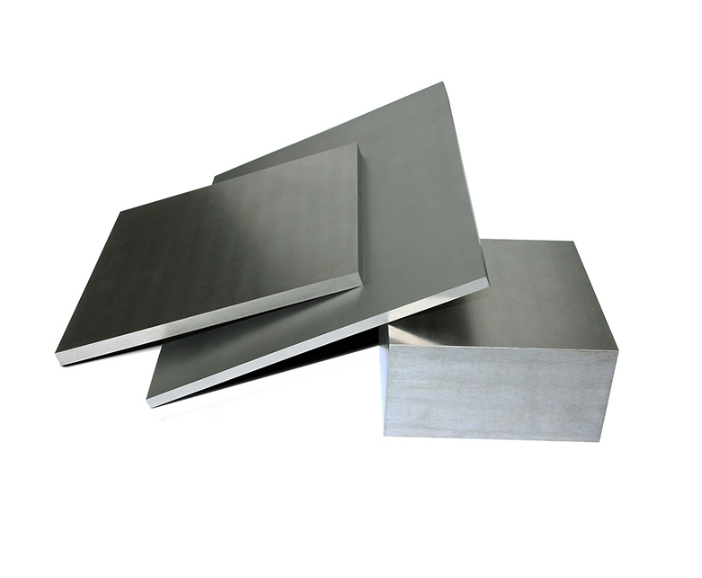
자주 묻는 질문
| 질문 | 답변 |
|---|---|
| 카바이드 플레이트의 일반적인 열전도율 범위는 어떻게 되나요? | 구성 및 바인더에 따라 45~250W/m-K 사이입니다. |
| 코발트가 탄화물의 전도도를 높이는 이유는 무엇인가요? | 코발트는 전도성이 높은 금속으로 강력한 금속 결합을 형성하여 효율적인 열 전달을 가능하게 합니다. |
| 열전도율이 높으면 항상 좋은가요? | 항상 그런 것은 아닙니다. 열 차단막과 같은 일부 애플리케이션에서는 실제로 낮은 전도도가 선호됩니다. |
| 모든 탄화물은 고온에서 동일한 성능을 발휘하나요? | 아니요! WC-TaC-Co와 같은 일부는 전도성과 강도를 유지하지만 다른 일부는 빠르게 분해됩니다. |
| 카바이드 플레이트의 열 전도성을 테스트하려면 어떻게 해야 하나요? | 레이저 플래시 분석과 가드 핫 플레이트 방식은 실험실에서 일반적으로 사용됩니다. |
| 절단에 구리 결합 카바이드를 사용할 수 있나요? | 기술적으로는 맞지만 필요한 경도가 부족합니다. 방열판에 더 좋습니다. |
| 전자제품 냉각에 가장 적합한 카바이드는 무엇인가요? | WC-Cu는 종종 200W/m-K를 초과하는 최고의 열전도율을 제공합니다. |
| 입자 크기는 강도에만 영향을 주나요? | 아니요-전도성에도 영향을 미칩니다. 입자가 미세할수록 열 전달을 줄일 수 있습니다. |
| 이를 측정하는 기준이 있나요? | ISO와 ASTM에는 열 확산도 테스트에 대한 ASTM E1461과 같은 가이드라인이 있습니다. |
| SiC와 같은 첨가제가 열 특성을 개선할 수 있나요? | 예, 특히 최적화된 SiC를 사용하면 내마모성과 열충격성을 모두 개선할 수 있습니다. |

